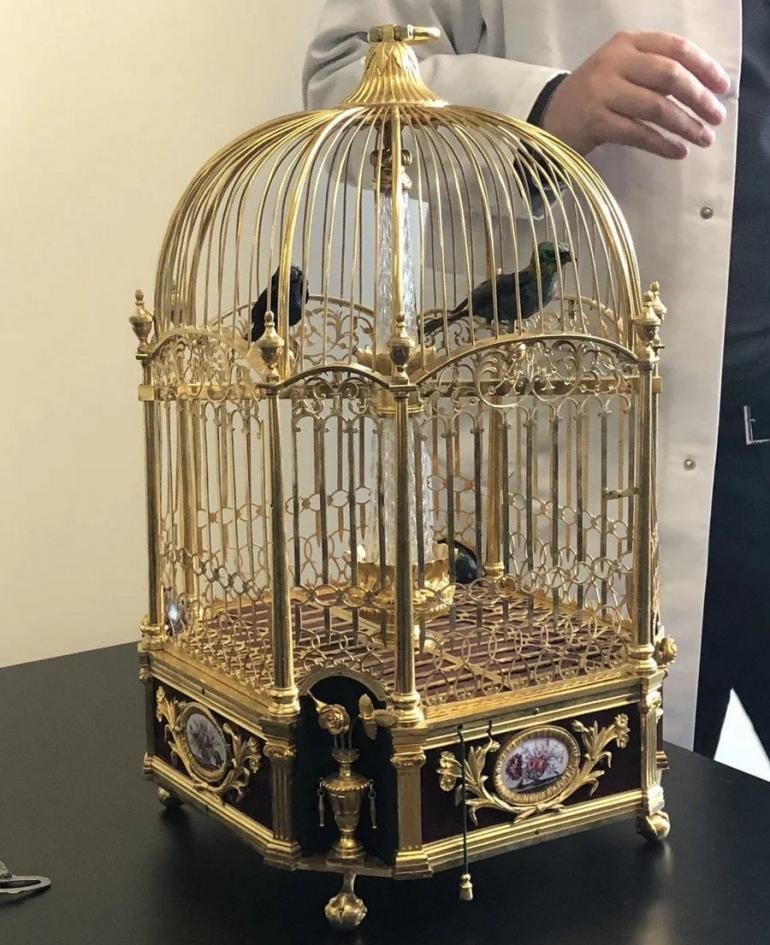Luxury is nothing new in Chinese society. Long before brand names became luxury tastemakers, status symbols fulfilled the desire of those with the means to acquire the best. These luxury items might often only for decorative and amusement purposes, but they’re signs of wealth and good taste.

As we look at three items that were sought after by rich 18th-century Chinese, we see that, while our tastes have evolved, our appreciation for craftsmanship and uniqueness remains unchanged.
Automata :
What exactly is the use of an automaton, you ask? Well, we’re not sure. Other than being ornamental, automated fountains and chirping birds in gilded cages seem to have little use.

A pioneer in automaton, Jaquet Droz’s creations captured the attention of Qianlong Emperor and the imperial court. In the span of 10 years from the 1770s, the artisan exported over 600 items to China.
Mechanical engineering of these mobile and musical ornaments was decorated with elaborate enamel work, miniature paintings and engravings.
The brand continues to make fine timepieces today, incorporating its historical automata know-how into its creations. Known for creating chirping and moving birds, the watchmaker has perfected the craft of placing miniaturised birds inside the dials of its watches.
Clocks :
The first clocks arrived in the imperial courts in 1601, as gifts presented to Ming dynasty Emperor Wanli by an Italian priest. Before this, the Chinese relied on sundials and water clocks to tell time.

Since the 1640s, the Qing dynasty’s Shunzhi Emperor had ordered the production of clocks within its palace walls. In the 1670s, Emperor Kangxi set up the Bureau of Clockmaking, modelled on clocks made by the Swiss, French and British.
Clocks made in the imperial court were often fashioned out of high quality zitan wood, unlike their counterparts from the West, who relied on bronze and other alloys.
Clocks from the West often incorporated elements of automata. A number of chiming and early versions of cuckoo clocks once gifted to those living in the Forbidden Palace are kept in Beijing’s Palace Museum.
Pocket watches :
Long before wrist watches were invented, pocket watches were a symbol of status and wealth. The Chinese fascination with these mechanical wonders became an obsession and, according to watchmaker Michael Parmigiani, whose namesake brand is now based in Fleurier, Switzerland, kept the town’s watchmaking business running throughout the 1700 and 1800s.
Parmigiani said that the Chinese bought watches for special occasions, and always in pairs, which doubled business for the 600 watchmakers in the small Swiss town.
Other players in this Swiss town include parts and movement manufacturer Vachuer, as well as 200-year old watch brand Bovet.
Note: This story was originally published on SCMP and has been republished on this website.

